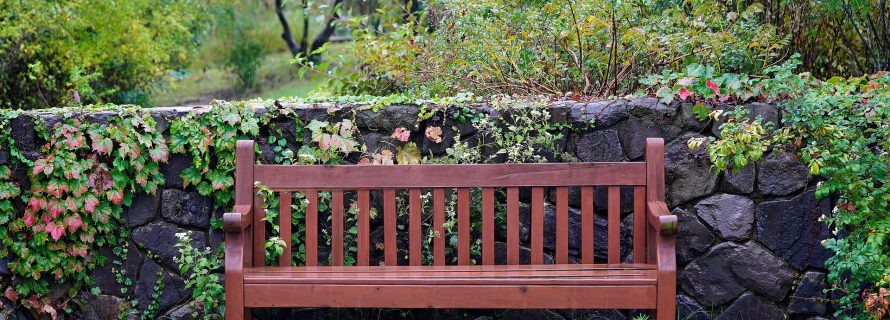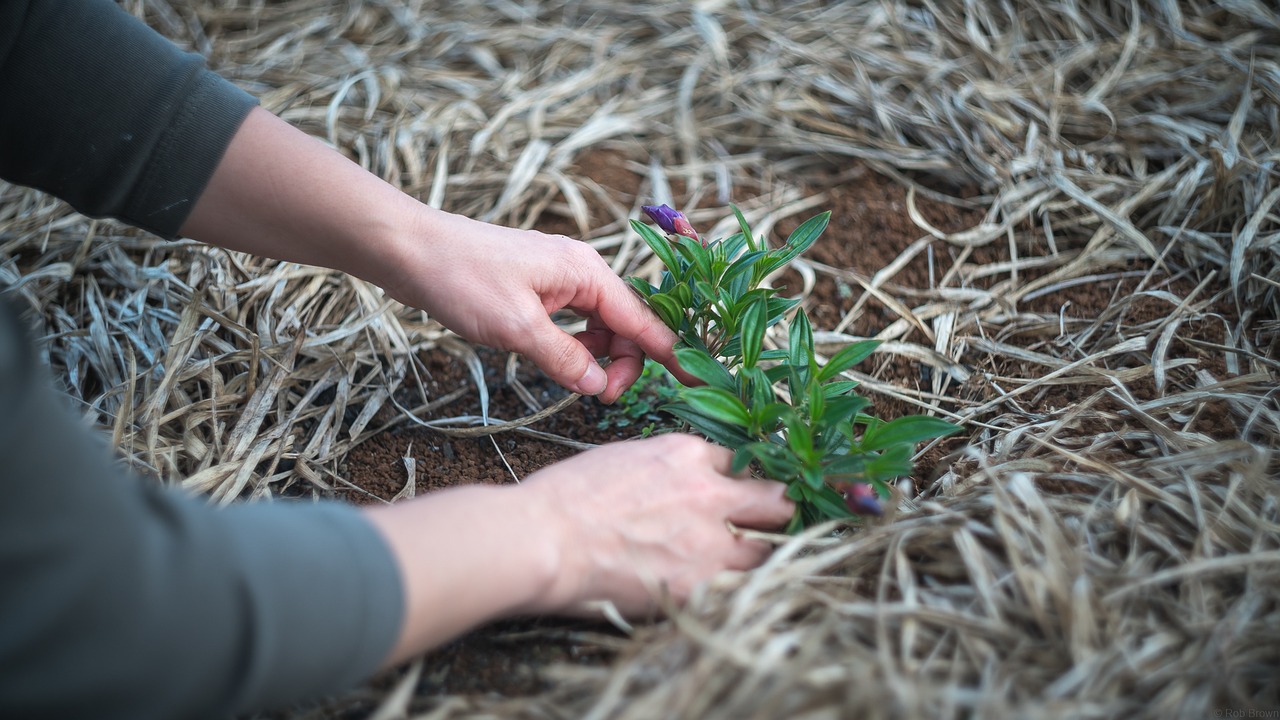Landscaping Tips for Homes in Flood Zones

If you live in a flood zone, you already know you need special insurance. Did you also know your landscaping choices can help protect your property?
Certain trees and shrubs provide homeowners with more than mere beauty. Other features, like walls and artificial riverbeds, can block water from harming your foundation. Consider making these upgrades when winterizing or planning for the spring planting season.
1. Use Existing Slopes
If your house sits on a hill, your property’s natural slope can divert floodwaters away from your home’s foundation. In other cases, you may need to augment the existing landscaping to redirect waters.
When the earth slopes away from your house, you’re in luck. Otherwise, you can excavate and grade the area so that it does. Make sure your downspouts run far away from your home’s slope. You can use plastic sheeting underneath landscaping to further divert water from your property.
2. Get a Rain Spout Diverter
If you have a homestead and can collect rainwater where you live, you can save a fortune on irrigation and livestock watering. However, what do you do when the barrel reaches critical mass and begins spilling over?
Place your barrel as far away from your home as possible and attach a hose to redirect water down a slope. Depending on how long your hose is, you can direct it right at a thirsty garden patch or trough.
3. Plant a Rain Garden
Rain gardens do more than beautify your home and improve its curb appeal. They also soak up heavy rains and redistribute the water around the rest of your landscaping.
Plant your rain garden at least 10 feet away from your home’s foundation. Otherwise, the plants can redirect that water to your basement. Use plants that naturally thrive in your climate and require little watering in between soakings. Put species with the deepest roots and highest water needs in the center — ask your local nursery for recommendations.

4. Add Trees
Is your home located near a creek or stream? If so, you’ll benefit from planting trees and shrubbery along its banks. Trees slow stormwater runoff and prevent rising tides from reaching your property.
Trees provide additional benefits besides flood prevention. They keep your stream nice and cool in the summer, and their roots help remove any pollutants. Additionally, one mature oak or maple gives off as much oxygen as 10 people can breathe in an entire year.
5. Make a Stream Bed
What’s more relaxing than listening to the water gurgling down a stream? Knowing it’s running away from your house. You can add incredible beauty to your landscaping with a dry riverbed or arroyo. When storms come, these features carry water away from your foundation.
For best results, line your stream bed with a weed-repelling fabric. Use larger boulders to line the outside of your trench, and place river rock within. You can buy these rocks at most building supply stores — or, if you have more time than money, you can dig some yourself.
6. Create a Rock Garden
Don’t put that spade away just yet. If you have a steep slope leading toward your home, consider creating a rock garden to block rains from flowing downhill. Such gardens require little maintenance.
For color, add plants with long roots like bottle gentian in between the boulders. Plants like manna grass grow well in various soils and absorb any waters trying to escape.
7. Add a Surrounding Wall
An effective way to keep rainwater from entering your home from a slope is to build a retaining wall around your property. You can surround your entire yard — an especially useful idea if you’d like to let your pets outside without fearing they’ll disappear. You could also build a single wall as an architectural accent or backdrop to a garden.
Add a curved surrounding wall and center a bench or swing in front of it. Plant roses or other fragrant blooms in garden patches on either side of the seating area. You’ve now protected your basement and created a gorgeous meditation or relaxation area.
Landscaping Tips for Rainy Seasons
Landscaping adds to the curb appeal of your home, instantly increasing its value. The right plants and other decorative items can also protect your property from flood damage — the perfect combination for any home type.
About The Author: Holly Welles is a home & garden writer. She shares more advice on creating beauty in your home on her own blog, The Estate Update, and on Twitter.
Image by Rob Brown & Jaesung An from Pixabay
- Additions and New Construction
- All Exteriors
- Alterations
- Basements
- Bathrooms
- Customer Service
- Customer Stories
- Decks
- Design & Planning Show
- DIY
- Doors
- Educational Resources
- Extreme Makeover Home Edition
- Fashion Show
- General Remodeling
- Green Living
- Handyman Home Services
- Home Decor
- Home Entertainment
- Home Improvement
- Home Improvements
- How to Tips
- In The Community
- Kitchens
- Off-the-Wall Remodeling Stories
- Remodeling
- Resources
- Roofing
- Siding
- Social Media
- Sunrooms
- Tips & Tricks
- Trends
- Windows

